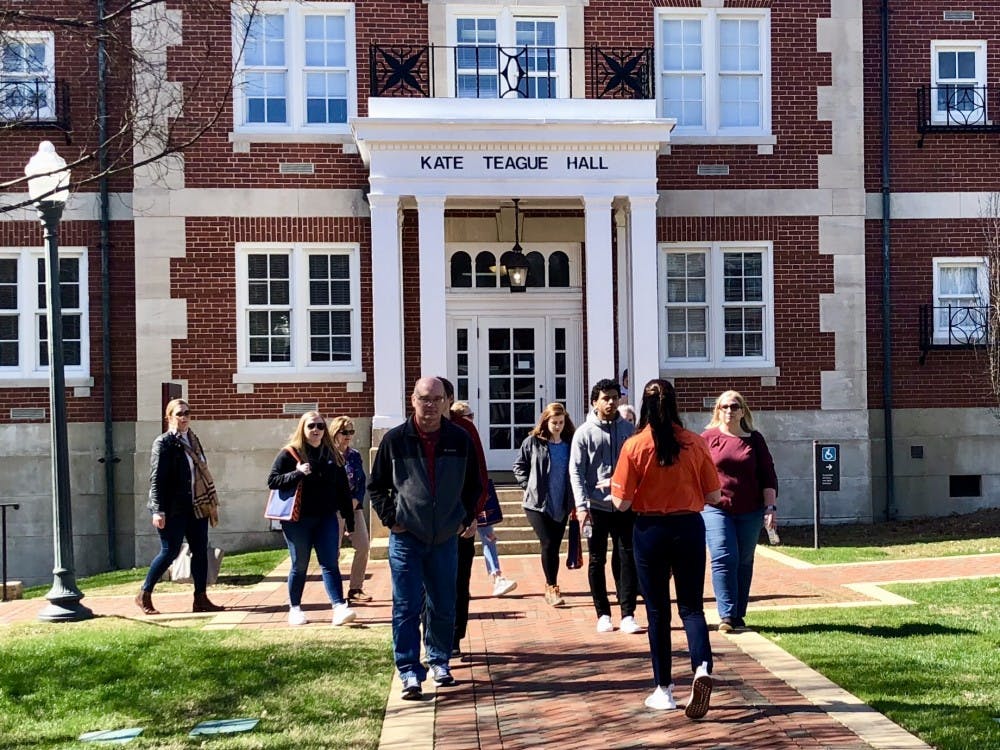As we celebrate Black History month, we were disturbed by a recent article about Auburn University’s failure to increase the number of Black students in its enrollment. Alabama’s Black population proportion is about 26%. In comparison, AU’s undergraduate enrollment is about 5% Black.
Remarkably, an AU Task Force recommended in 2016 that AU “[redefine] inclusion and diversity as core institutional values” and “Develop, adjust, and refine institutional recruitment strategies designed to attract and build a more diverse student body.”
After four years, the result is essentially no change. In fact, Auburn has been losing Black students since 2007. Despite Dr. Gogue’s recent report of positive developments by the Presidential Task Force for Opportunity and Equity, we remain concerned.
The persistently low Black enrollment is simply unacceptable.
While it is true that creating a more welcoming and supportive environment, free of prejudice, microaggressions, etc. is important, the major components of improving Black enrollment (or any enrollment for that matter) are simple and straightforward; specifically, commitment, recruitment and money. To illustrate, consider the percentage of Blacks on AU’s football and basketball teams — it’s in the order of 75%. How did this happen? Commitment, recruitment and money (full scholarships).
How dedicated is AU to its athletics programs?
On Feb. 5, the AU Board of Trustees approved $91,900,000 for a football training complex. Also, Coach Gus Malzahn and his assistant coaches were recently fired with a buyout amounting to approximately $27,000,000. Full costs of attending AU amounts to about $33,000 per year for tuition, fees, books and room and board for an in-state student; this translates to about $132,000 for graduation in four years, a feasible expectation for a student on a full ride. How many full rides would the Malzahn et al. buyout fund? About 205, which by itself would raise our Black enrollment by almost 1% of the total student population. Obviously, AU can’t direct scholarships only to Black applicants; however, many universities have been successful in increasing diversity by employing need-based, affirmative action scholarships.
While willing donors cannot be compelled to direct their funds to specific programs, clearly AU should emphasize and encourage gifts toward improving diversity, particularly enrolling more Black students.
Additionally, a recent National Bureau of Economic Research paper raises a strong case that the prevailing business model of Power Five conference athletics rests on taking the money generated by sports played predominantly by Black athletes who are from low-income neighborhoods and using that income to subsidize sports played by athletes who are more likely to be white and from higher-income neighborhoods, in addition to building state-of-the-art facilities and paying exorbitant salaries to coaches. Does this sound familiar? This raises the specter of a plantation-like operation.
Perhaps it’s time to require an indirect cost payment from Athletics revenues to fund disadvantaged, minority students in the broader student population. If that’s not a workable plan, expediently decide on one that will work! If anyone doubts the repression suffered by Black individuals in Alabama and in the USA at large, they need look no further than the Equal Justice Initiative’s Legacy Museum and the National Memorial for Peace and Justice, both located in Montgomery. Perhaps a visit to the museum and the memorial should be an annual requirement for all AU administrators, faculty, staff and students.
We have already waited too long to do something.
Come on Auburn, we can do better!
Bruce Gladden and Michael Brown are Auburn professors at the School of Kinesiology. Austin Robinson is an assistant professor at the School of Kinesiology.
Do you like this story? The Plainsman doesn't accept money from tuition or student fees, and we don't charge a subscription fee. But you can donate to support The Plainsman.





